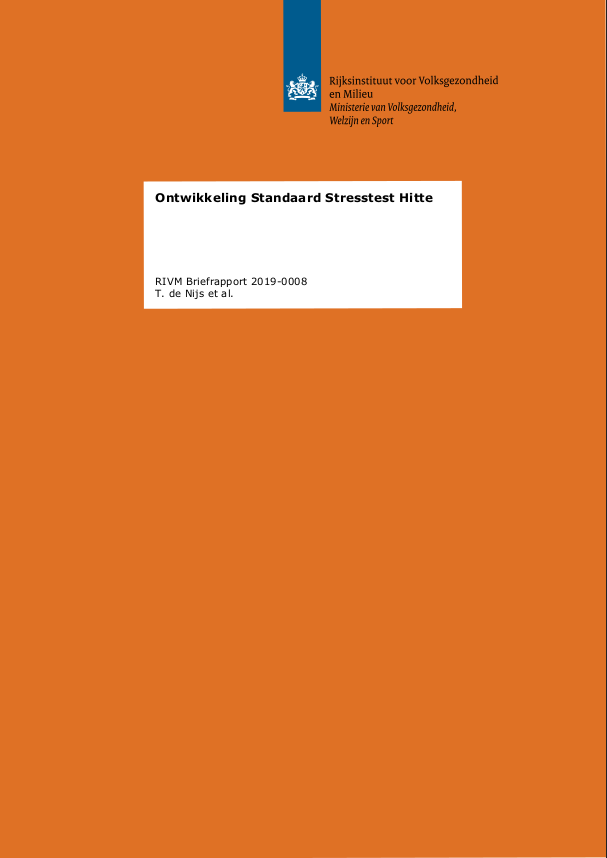DPRA Heat stress report: Difference between revisions
Jump to navigation
Jump to search
No edit summary |
|||
| Line 10: | Line 10: | ||
==References== | ==References== | ||
<references> | <references> | ||
<ref name='adaptation'>https:// | <ref name='adaptation'>https://klimaatadaptatienederland.nl/stresstest/bijsluiter/bepalen-dreigingen/hitte/</ref> | ||
<ref name='rivm'>https://www.rivm.nl/bibliotheek/rapporten/2019-0008.pdf</ref> | <ref name='rivm'>https://www.rivm.nl/bibliotheek/rapporten/2019-0008.pdf</ref> | ||
</references> | </references> | ||
Revision as of 11:22, 12 February 2025

The DPRA (The Delta Plan on Spatial Adaptation) is a collective plan at various levels of dutch government, intended to expedite and guide work meant to alleviate heat stress, drought, waterlogging, and urban flooding. As part of its overall work, a standard was established for heat stress tests.
The DPRA guideline was published[1] in 2019, by the dutch National Institute for Public Health and the Environment (RIVM).
The DPRA heat stress module available in the Tygron Platform is based on this DPRA guideline.
Additional information on the implementation requirements are available, provided by the RIVM.[2]